
views
What's the difference between pansexual and bisexual?
Pansexual and bisexual only differ in the way they treat gender. You might even say that gender is completely absent from pansexuality, in the sense that pansexuals are attracted to the person within regardless of their gender identity or presentation. Bisexuality, on the other hand, explicitly acknowledges and includes gender in its definition. In practice, there's extensive overlap between bisexuality and pansexuality—but that doesn't mean the two are synonymous or that it doesn't matter which you use. Typically, people choose the label that they feel most closely represents the way they experience sexual attraction.
What does "bisexual" mean?
Bisexual people are sexually attracted to people of more than one gender. Specifically, bisexual ("bi") people are attracted to people of the same gender as them, as well as people of at least one other gender. Bisexual folks might be sexually attracted to any and all genders or only some. Traditionally, "bisexual" was used to refer to a cisgender man or woman who was sexually attracted to both cisgender men and cisgender women. Because of this traditional understanding, many people believe that the bisexual identity reinforces the gender binary. The "bi" in "bisexual" doesn't mean "binary," though. Even though it comes from the Greek prefix for "two," the cultural definition of "bisexual' has always included multiple genders. Think you might be bisexual? Take our quiz and find out!
What does "pansexual" mean?
Pansexual people aren't sexually attracted to people based on gender. If a pansexual ("pan") person is attracted to you, rest assured that your gender didn't have anything to do with it. Pansexual people prefer to look at other things, such as a person's core values or personality, rather than their gender. All genders and gender presentations have the potential to be equally attractive to a pansexual person. The pansexual label is relatively new, especially compared to bisexuality. It only became popular in the 1990s when the LGBTQIA+ community started to come out more publicly. Since the early 2000s, though, the pansexual identity has really taken off because for many people it addresses some of the limitations of the bisexual label. If you think you might be pansexual our quiz can help you explore that further.
Can you be both bi and pan?
You can identify however you want. The beauty of these labels is that you're free to choose the one that resonates with you. If bi and pan both resonate with you for different reasons and you want to hang on to them both, go for it! Ultimately, the point of a label is that you can tell someone what they need to know about your sexuality without going into a lengthy explanation. If the label works for you that way, you're using it correctly. You might also find that one label works better in some contexts. For example, you might identify as pan at an LGBTQIA+ community event but then identify as a bisexual around older family members so you don't have to explain what "pansexual" means.
Can you start as one and switch?
The label that feels best can change as you change. Your sexuality isn't something that's set in stone—it's something that can change as you age and gain experience in life. Natural and normal hormonal and physiological changes can also impact your sexuality. If you find your sexual orientation shifting, it's nothing to worry about—just a totally normal part of life's journey. As you learn more about your sexuality and the sexuality spectrum, you might also find that your understanding of your own sexuality shifts or becomes more nuanced. You might also have personal experiences that shift your understanding. Remember: bisexuality and pansexuality are all about recognizing a capacity within yourself, not a need.
Do labels even matter?
Labels only matter as much as they matter to you. The point is that a label doesn't necessarily mean anything—it has as much meaning as you put into it. If you're still coming to terms with your sexuality, the label can give you a ready identity to rally around. But if it doesn't matter to you if people consider you bi or pan then it probably won't matter to anyone else either. Other labels can overlap as well. For example, you might identify as a sapphic bisexual. Your label can give you a sort of built-in community. While it's true that you won't get along with everyone you happen to share a sexuality with, you'll probably have a lot more in common with people who show up to community events. As between the bi and pan communities, most people feel equally accepted regardless of which label they choose! The important thing is to find your tribe. Because pan is a newer identity label than bi, pan communities sometimes aren't as well developed—especially in more rural areas.
Discovering Your Sexuality
How do you feel about gender? Gender is a social construct that, like any social construct, comes with its own set of understandings and expectations. How you feel about your gender and how that relates to the sex you were assigned at birth can also impact how you experience sexual attraction. Here are some identities to consider: Cisgender: your gender identity is the same as the biological sex you were assigned at birth Genderfluid: you always feel a mix of the masculine and the feminine, but may feel more one way or the other on any given day Genderqueer: you don't really identify with the gender binary at all, or this term just resonated with you Nonbinary: regardless of the sex you were assigned at birth, your gender identity falls somewhere outside the male/female binary Transgender: you identify as a gender different than the sex you were assigned at birth (plus other more specific terms, such as "transman" and "transwoman") Agender: you don't feel like you have a gender or identify particularly with any gender
Who are you attracted to sexually? Think about the types of people you're attracted to. Do they all have the same anatomy, or do they have different anatomy? Does it matter to you, sexually, if their anatomy is what you'd expect based on their gender? Does it matter to you, sexually, if their gender is different than yours? These questions can help you decide which sexuality label is right for you—here are some to consider: Straight/Heterosexual: you are only sexually attracted to people of a different gender than you (traditionally, a cisgender man and a cisgender woman) Gay/Homosexual: you are only sexually attracted to people of the same gender as you (traditionally refers primarily to cisgender men who are attracted to cisgender men) Lesbian/Sapphic: you are a woman who is sexually attracted to other women Queer: typically used for more fluid orientations, generally includes any orientation that isn't strictly heterosexual Bisexual: you are sexually attracted to people of your own gender and people of at least one other gender Pansexual: gender doesn't affect your sexual attraction to someone Asexual: you don't experience sexual attraction Demisexual: you only experience sexual attraction after forming an emotional connection to someone
Who are you attracted to romantically? Even if you're sexually attracted to someone, that doesn't necessarily mean you want to start a romantic relationship with them. That's where the romantic attraction spectrum comes into play. As you might expect, many of the popular labels for romantic orientation parallel those for sexual orientation: Heteroromantic: you're only romantically interested in people who are a different gender than you (traditionally, a cisgender woman and a cisgender man) Homoromantic: you're only romantically interested in people who are the same gender as you Biromantic: you are romantically interested in people who are the same gender as you, as well as people of at least one other gender Panromantic: someone's gender doesn't affect your romantic attraction to them Aromantic: you don't experience romantic attraction Demiromantic: you're only romantically attracted to someone after you form an emotional connection with them
Understanding the Sexuality Spectrum
People experience sexual attraction across a broad spectrum. If you think about all of the different possible combinations, you soon realize that it's likely pretty uncommon for a person to be 100% exclusively attracted only to people of a single gender. Most people are attracted to people of a variety of different gender presentations. You can look at the different sexual orientation labels as way markers on the spectrum. And research shows that learning more about all of the gradations in how people experience sexual attraction gives you a better and more nuanced understanding of how you experience sexual attraction. For example, a cisgender man who is primarily attracted to cisgender women but doesn't mind receiving oral sex from other men might describe himself as "heteroflexible." You can combine sexual and romantic orientations as well. For example, if you're sexually interested in people of your own gender and other genders, but only romantically interested in people of a different gender than you, you might describe yourself as a heteroromantic bisexual. It's important to note that when people talk about being bisexual or pansexual, they're really talking about recognizing the potential within themselves to be attracted to these different types of people. It doesn't mean that they need to be with people of multiple genders to be satisfied.











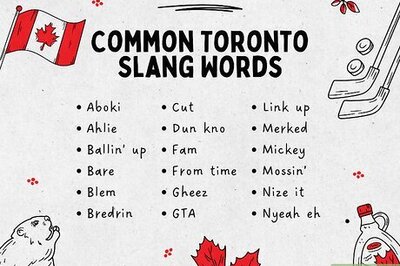

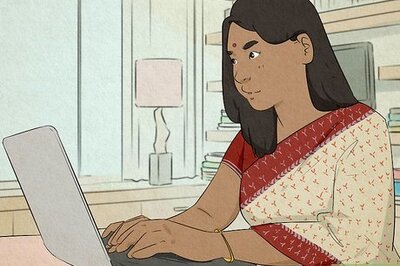
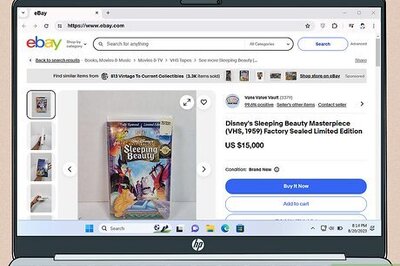

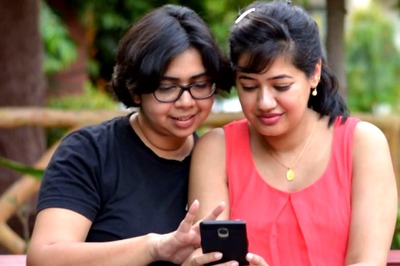
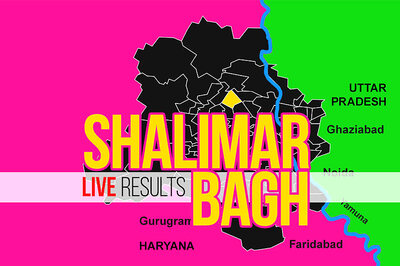

Comments
0 comment